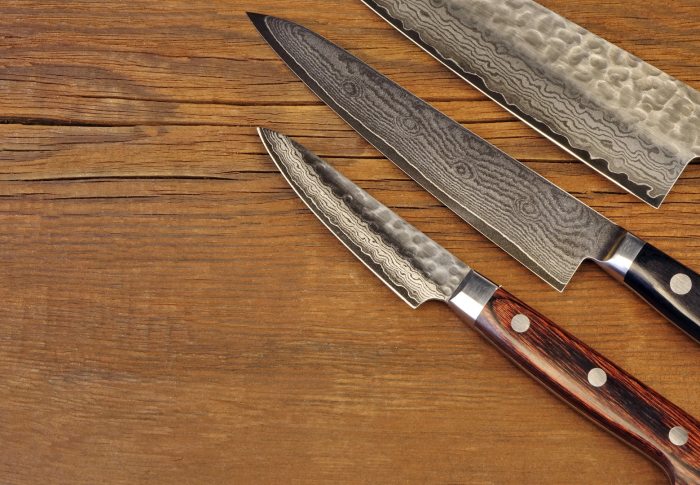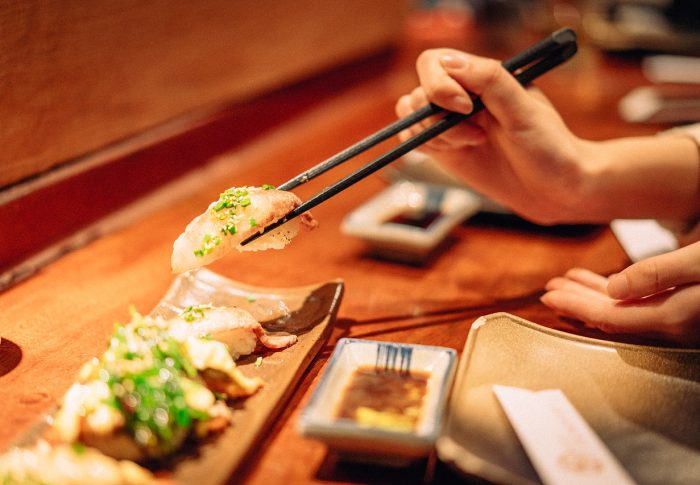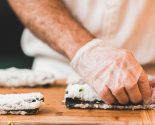
Reasons To Sharpen Kitchen Knives
Kitchen knives, essential in every kitchen, come in a variety of shapes, sizes, designs and materials. However, the one thing they all have in common is the need to be sharpened. It is necessary to sharpen kitchen knives after every couple of uses, but most homeowners, and even some chefs, do not know how to properly sharpen kitchen knives. While there are different ways to sharpen certain knives, the tools and techniques are very similar.
There are different ways to sharpen kitchen knives, and each way requires a certain tool.
A sharpening steel rod, knife sharpening stone and commercial knife sharpener are just a few of the tools in existence to help individuals sharpen their knives. Japanese kitchen knives, for example, are different from most other knives. They are sharper and shinier and require special care. The Japanese chef’s knife gained popularity in the West due to its strength, but even kitchen knives from Japan must be sharpened regularly.
The steel rod is specially designed for this purpose, and it can be held easily, allowing the knife to be held comfortably in the other hand. The knife is placed with its handle against the handle of the sharpening steel rod, and the blade is pressed to the steel at a 10 to 25 degree angle. The knife blade is drawn along the steel steadily, sharpening the blade. With wet stone knife sharpening, the stone takes the place of the sharpening steel rod. The stone is placed on a sturdy surface, and the knife is pressed against it. The knife must once again pass along the stone at a 10 to 25 degree angle, but this time, only one edge is really sharpened at a time. It is not hard to sharpen kitchen knives, and it does not even take that much time, making this a longer process to sharpen kitchen knives. But it is a process that must be consistently completed, and that is the hardest part for homeowners. However, once again, the reasons to sharpen kitchen knives far outweigh the draw backs of initial time; sharpened knives last longer, do not rust as easily and do not accumulate dust.
With a commercial knife sharpener, the tool itself is mechanic, and not much effort is required of the homeowner in order to sharpen kitchen knives.
This aids in the sharpening and saves on time, but the tools themselves are more expensive and can be far more dangerous, especially in the hands of an inexperience homeowner. The methods involved in sharpening knives are case by case; kitchen knives differ greatly, and certain knives respond better to certain tools. Still, the techniques are similar, and no matter what, it is a chore that must be consistently completed. With kitchen knives, best buy deals or bargains are not always the best thing. Cheap knives perform poorly and break.
With knife sharpening kits, the same holds true:
money spent on a solid sharpening tool and knives means less money spent down the road, and the same reason holds true for why it is of utmost importance to sharpen kitchen knives daily.




